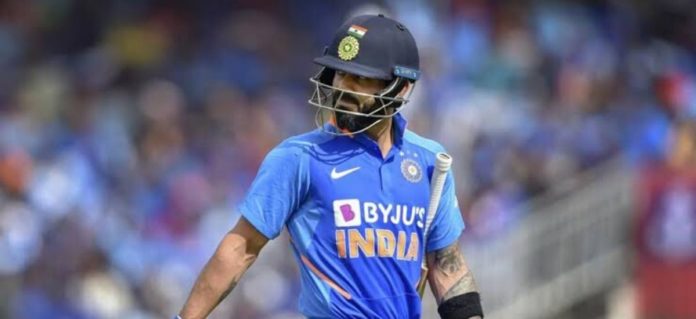Entering a T20 World Cup year against the backdrop of a 50-plus World Cup campaign that fell short of expectations, India suffered an eight-wicket defeat to the West Indies in the ODI series, but the alarm bells were yet to come Should not ring.
However, India may feel that they often cannot shake off the bad habit of failing to protect yoga. Virat Kohli has talked about this since taking over as one-day captain in the home series against England in January 2017.
He has performed relatively better than MS Dhoni, who is considered a master tactic with the bowlers. With Dhoni as captain, India defended and won 47 ODIs out of 86. Under Kohli, it is 24 out of 34.
It is not that Kohli has made a great comeback while batting first. Barring games in neutral venues, India has won seven of the 12 matches since January 2017 and eight of the 12 games.

From the perspective of winning the bipartisan rig, the numbers are not disturbing, but Kohli’s perfectionists will be keen to rectify whatever is wrong. He can again start the way India has set goals, especially by asking his batsmen to spend more time at the crease.
It matters because the number 4 batsman is still in progress. India’s indecision showed in the World Cup where they tried Rishabh Pant four times, Vijay Shankar and Hardik Pandya twice and KL Rahul twice.
In the three ODIs since the World Cup, the musical chair has continued – against the West Indies – with India trying to play Pant twice and Shreyas Iyer once in the slot.
Since India will play more T20 matches in the next two years due to back-to-back World Cups in Australia and India, the ODI number 4 scandal may not be a permanent solution quickly.
This means that Rohit Sharma, Rahul and Kohli have a responsibility to bat for a long time to ensure a big total; Because when they don’t, it turns out.
India won the first match, batting first, Sharma averaged 55.15, Kohli 58.92 and Rahul 39.16. In losses, they dip to 35.55, 44.40 and 16 respectively. Despite the situation, Sharma has rarely curbed his instincts.
This indicates that he has scored 14 centuries and hit 13 fours while batting first. Kohli is a static accumulator who, whenever he wants, has the gift of being able to distinguish a broad arc between point and square-foot for a boundary. India will have to struggle to gain momentum by achieving this soon.
Kohli is bound for his day; Also Rohit. Rahul has also returned after short leg. If all three fail – it happened in Chennai on Saturday – the other batsmen should play longer.
If Iyer or Rishabh Pant, who recreated the innings with half-centuries, batting by the end of the innings, India would have ended with a big score overall.
However, India is one-dimensional in this aspect. If facing 100 or more deliveries is a benchmark, then only 23 times since January 2017 – when Kohli became ODI captain – is there any Indian batsman capable of doing so.
Twice Barang-Yuvraj Singh (150th England-January 2017 in Cuttack) and Ambati Rayudu (90th New Zealand in Wellington) – the other three account for the top three for great knocks.
This is worrying as well as reassuring. Be relaxed as India works on a formula in which the batsman’s extended vigilance improves the chances of victory.
In 23 innings where batsmen faced 100 balls or more, 19–15 of them were due to centuries.
Until India find a way to keep the middle-order batsmen in tune with the situation, the opponents will get a chance to be out of the top three as quickly as possible in the upper half each time.
All-rounder Hardik Pandya’s injury layoff has affected the balance, forcing Kohli to work on two men – to bat at No. 4 (or 5) and get ten proper overs. Kedar Jadhav could have been a viable option, at least at home, but Kohli showed more faith in Ravindra J.















